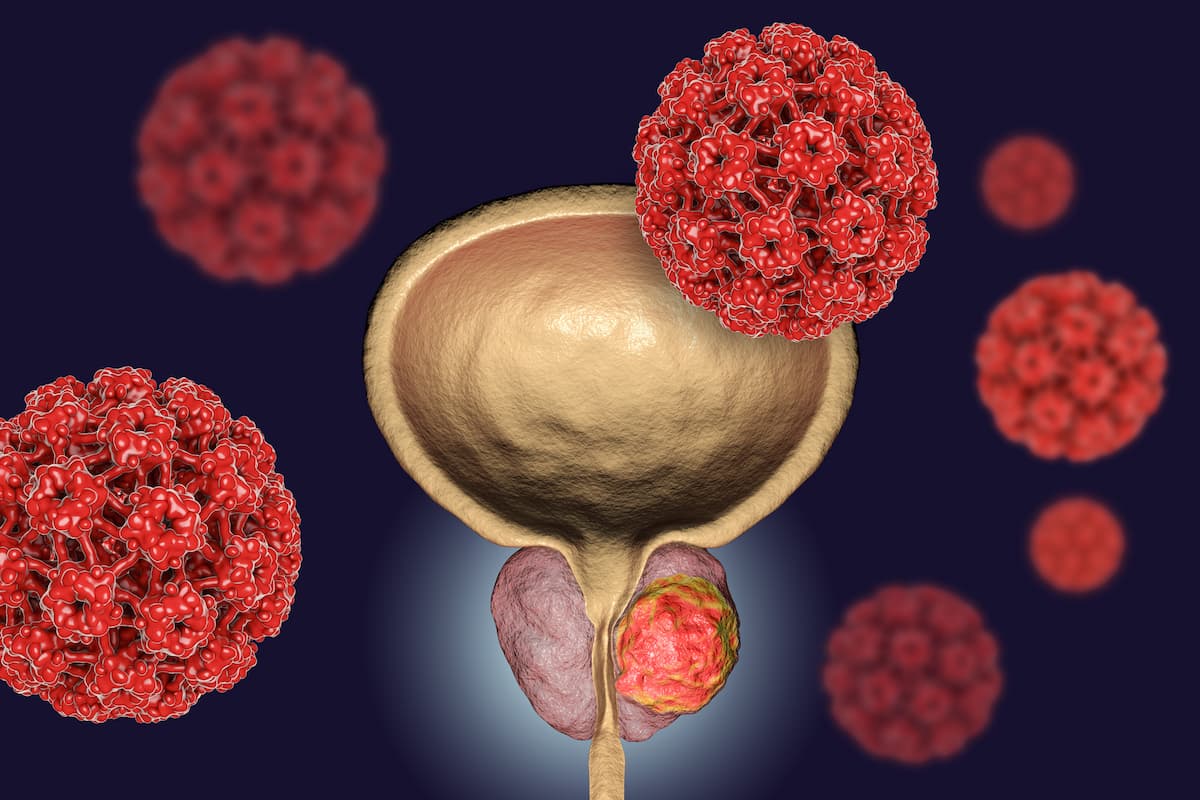Focal Therapy Improves Quality of Life for Patients With Prostate Cancer
Compared with surgery and radiation, focal therapy improves quality of life as well as decreases financial toxicity for patients with prostate cancer.
Currently, few patients in the United Kingdom receive focal therapy for prostate cancer, compared withsurgically removing or irradiating the whole prostate gland.This is because guidelines allowing for focal therapy to be administered in a wider healthcare setting were recently issued.

Minimally invasive focal therapies result in lower financial burdens and improve quality-of-life (QOL) standards in patients with nonmetastatic prostate cancer compared with surgery or radiotherapy, according to results of a study led by researchers at Imperial College London.1
Compared with prostatectomy and external beam radiotherapy (EBRT), focal therapies for prostate cancer, such as cryotherapy and high intensity focused ultrasound (HIFU), result in higher quality-adjusted life year (QALY) gains and a willingness to pay£30,000/QALY.2 Similar data were seen in one-way deterministic sensitivity analyses.
With focal therapy, patients undergo freezing the cancer cells using cryotherapy or HIFU to destroy cancer cells, which causes less tissue damage to surrounding nerves, blood vessels, and muscles.This leads to lower risk of urinary, sexual, and rectal adverse effects (AEs) when compared with prostatectomy or radiotherapy.
“Focal therapy represents good value for money in the [National Health Service] whilst at the same time lower side effects and improved quality of life compared to traditional treatments,” Hashim Ahmed, professor and chair of urology at Imperial College London, and consultant urological surgeon at Imperial College Healthcare NHSTrust, said in a press release regarding the study. “It could benefit about 10,000 patients who are diagnosed with prostate cancer in the UK each year.”
Investigators analyzed data from over 1300 patients undergoing treatment for prostate cancer at 5 hospitals between 2006 and 2018. Investigators also analyzed published literature and clinical opinion to predict treatment pathways, cost of treatments, effectiveness of treatment, and QOL after treatment.
The study used a Markov cohort health state transition model with 4 health states, including stable disease, local recurrence, metastatic disease, and deathin order to evaluate costs and QOL of patients with prostate cancer over a 10-year period. Factors that were taken into consideration for evaluation were age, prostate-specific antigen (PSA), International Society of Urological Pathology (ISUP) grade group, maximum cancer core length (mm), T stage, and year of treatment.
Researchers highlighted the possible limitations of the study, including the number of hospitals, potential treatment options from other hospitals, and the use of literature-based estimates.
Currently, few patients in the United Kingdom receive focal therapy for prostate cancer, compared with surgically removing or irradiating the whole prostate gland.This is because guidelines allowing for focal therapy to be administered in a wider healthcare setting were recently issued.
“The research findings are great news for patients and great news for the healthcare system,” said Xavier Bertrand, vice president of Peripheral Interventions for Boston Scientific in Europe, Middle East, and Africa (EMEA), in the press release. “The UK government has explicitly recognized the importance of MedTech in improving outcomes for patients. Equal access to this minimally invasive cancer treatment could help to resolve the current disparities in the United Kingdomfor patients with prostate cancer.”
References
- Reddy D, van Son M, Peters M, et al. Focal therapy versus radical prostatectomy and external beam radiotherapy as primary treatment options for non-metastatic prostate cancer: results of a cost-effectiveness analysis. J Med Econ. 2023;26(1):1099-1107. doi:10.1080/13696998.2023.2251849
- O’Hare R. Prostate cancer focal therapy is cost effective and may improve patient outcomes. Imperial News. Published November 24, 2023. Accessed November 30, 2023. https://tinyurl.com/26ydp6wz